Maya News Updates 2008, No. 56: Honduran Institute of Anthropology and History received two ancient Mayan jaws recuperated in Holland
In Maya News Updates 2007, No. 41 (Leiden - Unprovenanced Jaws With Inlayed Teeth Have a Copan Origin) I reported on two looted jaw fragments that had traveled to Holland and which were to be returned to the Honduran Institute of Anthropology and History. On Tuesday December 16, 2008, the two jaw fragments were received by the Honduran institute, as was reported by the online edition of Honduras This Week (my thanks go to Sergio Acosta for directing my attention to the online report) (edited by MNU):
The Honduran Institute of Anthropology and History received two ancient Mayan jaws recuperated in Holland - The IHAH recuperated two jaws with jade and iron pyrite incrustations. The pieces were found in Holland and given today to the manager of the IHAH, Darío Euraque, by the Honduran sub-secretary of External Relations, Eduardo Rosales. Euraque said to Acan-Efe in Tegucigalpa that the two jaws belonged to two ancient Mayans who lived in the Copán area in Western Honduras, according to studies made by Dr. Raphael Panhuysen, in the Faculty of Archaeology of the University of Leiden, in Holland.
He explained that the jaws arrived anonymously at the Honduran embassy in Holland. It is suspected the pieces came from some collector who considered it best to return the pieces to the country of origin. Euraque and Rosales indicated that there are no more details on how the jaws got to Holland, nor of the person who returned them at the embassy earlier this year.
The Honduran diplomatic delegation in Holland arranged for the two archaeological pieces to be transfered to Tegucigalpa through the Secretary of External Relations. The pieces were given to the museum of the IHAH, for its permanent safekeeping.
Jade and iron pyrite incrustations adorn some of the teeth on the jaws, a common thing among high personalities in Mayan civilization, that lived between years 800 and 900 A.D. The Honduran Ministry of External Relations informed that once the jaws arrived at the Honduran embassy in Holland, the Dutch government requested these be examined in the University of Leiden to determine their origin and to document the dental decoration.
A strontium isotope analysis made to study the pieces, indicated that the proportion of strontium in the dental enamel is similar to the value found in the water of the Copán river, in Honduras. The examinations determined that the origin of the individuals to whom the two jaws belonged, is the area known today as Copán Ruinas, which is the most important Mayan archaeological site of Honduras, in the department of Copán, bordering with Guatemala.
According to the public prosecutor of Ethnic Groups and Cultural Patrimony, Jany del Cid, Honduran authorities reclaimed this past December 13th, 80 other Mayan archaeological pieces that were owned illegally by regular people [see Maya News Updates 2008, No. 55]. These pieces consist of vases and other objects, some of them anthropomorphous, corresponding to the classical period of the Mayas, who inhabited the western part of Honduras, between the years 600 and 900 A.D., according to experts (source Honduras This Week).
He explained that the jaws arrived anonymously at the Honduran embassy in Holland. It is suspected the pieces came from some collector who considered it best to return the pieces to the country of origin. Euraque and Rosales indicated that there are no more details on how the jaws got to Holland, nor of the person who returned them at the embassy earlier this year.
The Honduran diplomatic delegation in Holland arranged for the two archaeological pieces to be transfered to Tegucigalpa through the Secretary of External Relations. The pieces were given to the museum of the IHAH, for its permanent safekeeping.
Jade and iron pyrite incrustations adorn some of the teeth on the jaws, a common thing among high personalities in Mayan civilization, that lived between years 800 and 900 A.D. The Honduran Ministry of External Relations informed that once the jaws arrived at the Honduran embassy in Holland, the Dutch government requested these be examined in the University of Leiden to determine their origin and to document the dental decoration.
A strontium isotope analysis made to study the pieces, indicated that the proportion of strontium in the dental enamel is similar to the value found in the water of the Copán river, in Honduras. The examinations determined that the origin of the individuals to whom the two jaws belonged, is the area known today as Copán Ruinas, which is the most important Mayan archaeological site of Honduras, in the department of Copán, bordering with Guatemala.
According to the public prosecutor of Ethnic Groups and Cultural Patrimony, Jany del Cid, Honduran authorities reclaimed this past December 13th, 80 other Mayan archaeological pieces that were owned illegally by regular people [see Maya News Updates 2008, No. 55]. These pieces consist of vases and other objects, some of them anthropomorphous, corresponding to the classical period of the Mayas, who inhabited the western part of Honduras, between the years 600 and 900 A.D., according to experts (source Honduras This Week).



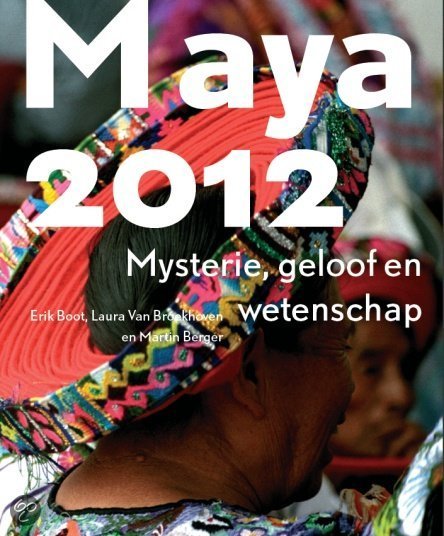



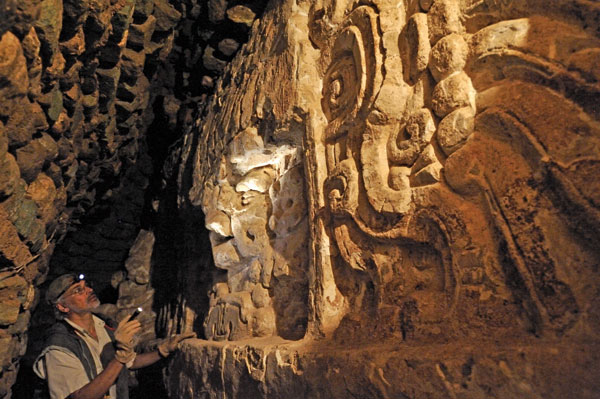
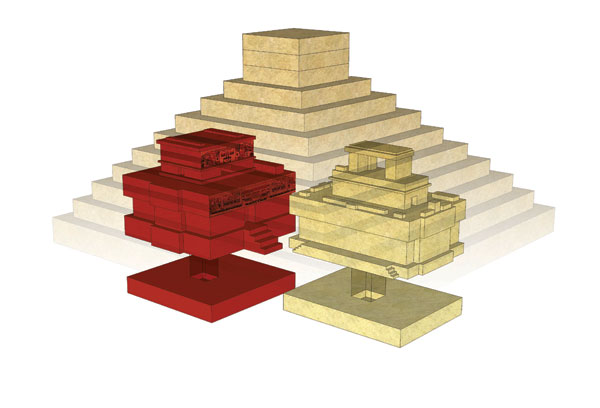
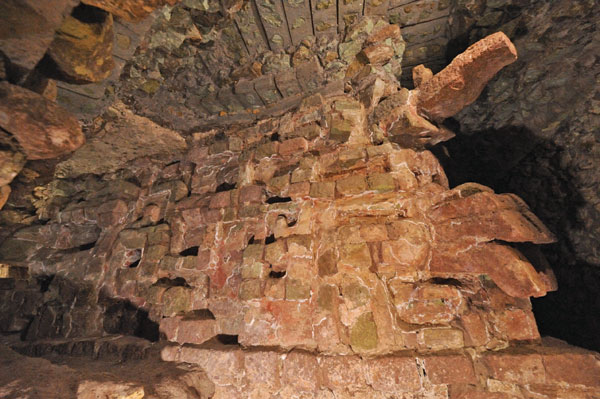





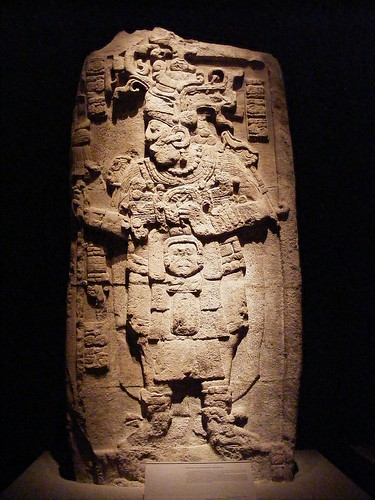


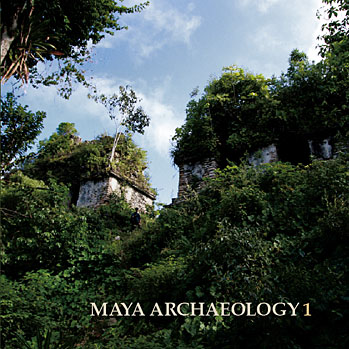









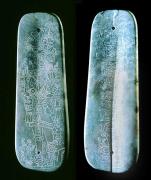
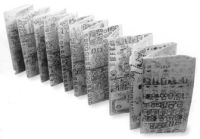

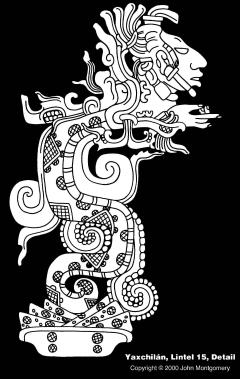

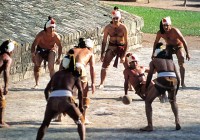


0 Comments:
Post a Comment
<< Home